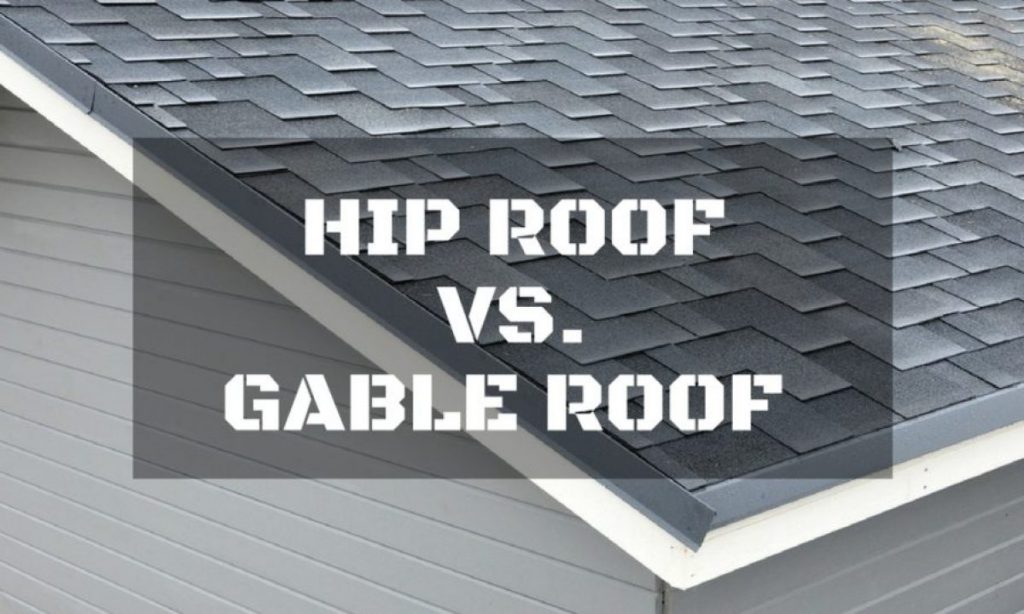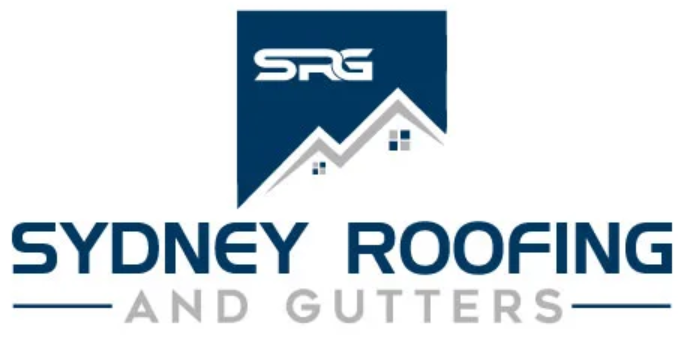HIP ROOF VS GABLE ROOF – PROS AND CONS OF EACH ROOF TYPE
Do you choose a Hip Roof or Gable Roof? Which pitched roof is going to leave you regretting your decision?
The shape of your roof will determine its performance when tested against the Sydney weather. Your roof is the barrier between the outside elements and the interior of your home, you’ll want something that can stand against the seasons in your neck of the woods.
Wind and heat resistance, durability against debris, water drainage efficiency, and product life are all factors you’ll have to consider when choosing between a hip or gable roof.
In addition, roof shapes can provide additional living space, as well as make your house more resilient, energy-efficient, and aesthetically pleasing. Roof shapes can vary from very basic flat roofs to very complicated designs. Two of the most common sloped roofs are hip and gable roofs.
In this article, we’ll discuss how each pitched roof is designed, hip vs gable roof types, and which one you should be looking to purchase.

What is a Hip Roof?
A popular roofing choice in Australia, a hip roof is a type of pitched roof that has three or more pitched planes.
The planes all slope downwards from a ridge at the top of the hip roof. The slope on hip roofs allows for exceptional drainage and additional storage/attic space. Strong, sturdy, and durable, hip roofs are an excellent option for high wind rated areas.
Hip roofs come in many designs and can be built to meet the unique specifications of many properties. The most common types of hip roofs include
Simple Hip
Designed with a ridge over a portion of the roof which in turn creates two polygon sides and two triangle sides of the roof.
Cross Hip
A popular variation of a hip roof, which gently slopes on all four sides. To form the cross, the two hip roofs are laid out in an “L,” pattern and installed perpendicular to each other.
WHAT IS A GABLE ROOF?
A gable roof is the type of pitched roof that most people imagine when discussing roof design; that iconic pointed, triangular shape. Also known as a “peaked” roof, gable roofs are a classic roofing design comprised of two equal roof planes connected by a center ridge. Easily recognizably by their triangular shape, gable roofs offer steep slopes and greater room for upper-level storage space or attic.
Gable roofs come in a few designs:
Side Gable
A basic pitched roof with two equal panels pitched at an angle, meeting at a ridge at the top in the middle of the building, like a triangle. The triangle section can be left open for an open gable roof, or it can be enclosed for a boxed gable roof.
Crossed Gable
A roof created by joining two gable roof sections at a direct right angle. The two ridges are completely perpendicular to each other and provide two (or more) rooflines that intersect and form either a T, L shape, or cross.
Differences Between Hip Roofs and Gable Roofs
There are several differences when thinking about hip vs gable roof types. From a design perspective, gable roofs have a much simpler design and as a result, a much simpler installation process.
Hip roofs on the other hand have a more complex design and are uniquely better at managing high winds and extreme weather events. Let’s take a look at some advantages and disadvantages of each.
Advantages and Disadvantages of Hips Roofs and Gable Roofs
ADVANTAGES OF A HIP ROOF
- Well suited to areas that experience high winds and harsh extreme weather
- Consistent eave and guttering all the way around
- Can be constructed using many roofing materials–shingles, metal, tiles
- Provides more variety in design options
- Can be fitted to complex property structures
ADVANTAGES OF A GABLE ROOF
- Simple design and build
- Cost-effective roofing solution
- Provides ample attic/roofing space
- The design blends into almost any neighbourhood
- Can be constructed using many roofing materials–shingles, metal, tiles
DISADVANTAGES OF A HIP ROOF
- Somewhat complicated to design and build
- More expensive than gable roofs
- Less attic or storage space in the roof due to sloping on all sides
DISADVANTAGES OF A GABLE ROOF
- Prone to damage in high winds
- A simple design may not be aesthetically pleasing
Compared Costs of Hip Roofs and Gable Roofs
The costs of hip and gable roofs will vary and come down to the design of the roof and structure and size of your property. Due to sheer complexity, hip roofs will almost always cost more than gable roofs. Hip roofs require more materials, additional seams, more planning, and more labour. A gable roof has two faces, as opposed to four in a hip.
Keep this in mind when deciding on which pitched roof to choose. Aside from the obvious difference in costs due to design complexity, both hip and gable roofs face common challenges when deciding on what type of material they should be constructed of.
Let’s quickly take a look at some common roofing materials.
Common Roof Materials.
Whether or not you’re thinking about installing a hip roof or gable roof, it’s important to think about the different roof types that are on the market. Specifically, the materials used for building your roof. The roof material is the most crucial part of your home’s defence against nature, especially harsh Australian elements like rain, heat, fires, dust, and wildlife.
Some roofing materials you might want to consider:
Slate
Slate is a naturally occurring stone with some very beneficial properties when it comes to roofing tiles. It’s naturally durable which makes it great against debris, corrosion, insects and animals. Slate roof tiles are a low maintenance roofing material option that lasts from 60 – 150 years.
Concrete
Concrete is a man-made composite of sand, gravel, crushed stone, slag, and other recycled concrete mixed with a cement paste to harden.
In its rawest form concrete is porous which can lead to more water absorption and thus poor maintainability when compared with slate. Modern concrete roofing tiles are now treated in a way that increases durability, and the technology is only getting better. Concrete roof tiles are a low maintenance roofing material option that lasts about 50 years.
Aluminium
Aluminium is a very light and physically flexible option. This can make it susceptible to dents and scratches. Despite this, aluminium roofing is wind-resistant, waterproof, and heat and rust-resistant if treated correctly.
Aluminium is low maintenance, typically lasting from 40 – 50 years, but needs to be carefully considered because of its expensive cost compared with other options.
Colorbond Steel
ColorBond is a brand of steel created by BlueScope that’s specifically manufactured for roofing, walling, guttering, and other home building tasks. As a result, you can expect it to be tailored to the unique challenges of protecting your home. Colorbond roofs typically last 70 years.
Final Verdict
There are a few considerations you have to make when deciding on whether or not to purchase a hip roof or gable roof. In terms of budget, is it within your financing to afford the more expensive of the two? All of the complexity of a hip roof comes at a cost.
Another key criteria, that should be primary, is the function of a roof. Are you in an area of Sydney that experience a lot of high-wind weather events? You may have to consider going with the more expensive roof option–the hip roof. If you want a simple design that’s going to blend into the rest of the properties around you, then gable roofs are the way to go. After all, gable roofs are the most popular type of roof design in Australia.
Ultimately, we can’t make the decision for you. You have to weigh your wants vs. your needs and make your decision between the two roof types. What we can do is help guide you through the process. Always seek professional advice from multiple roof contractors before settling on a plan of action.
We are the best providers of roofing and gutter cleaning services throughout New South Wales so please don’t hesitate to call our trusted team of roof and gutter experts. We’re here to help.



